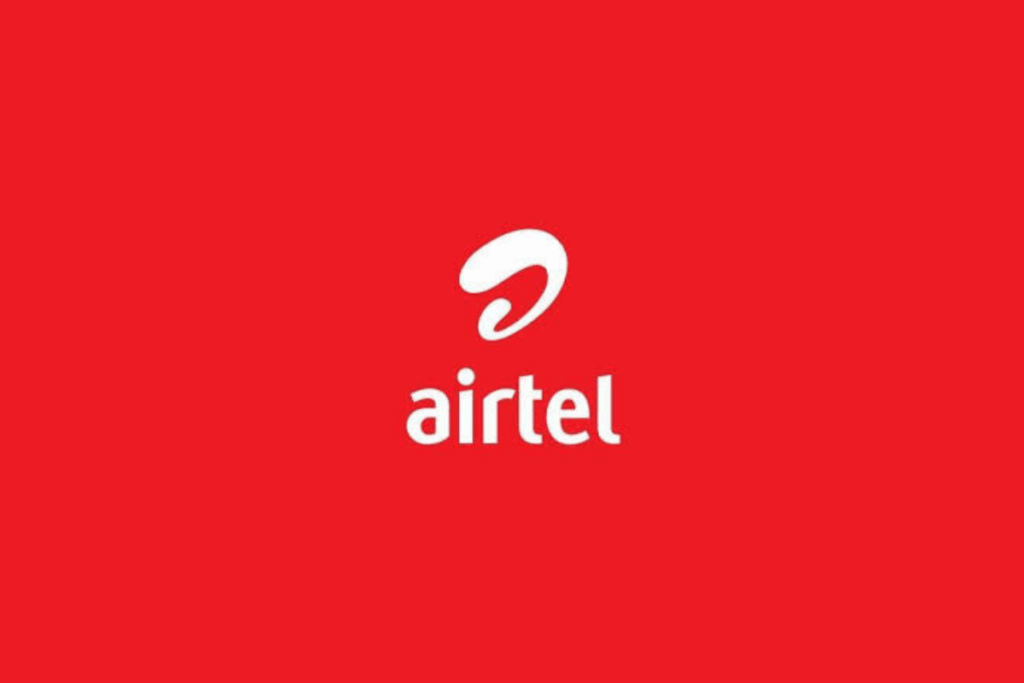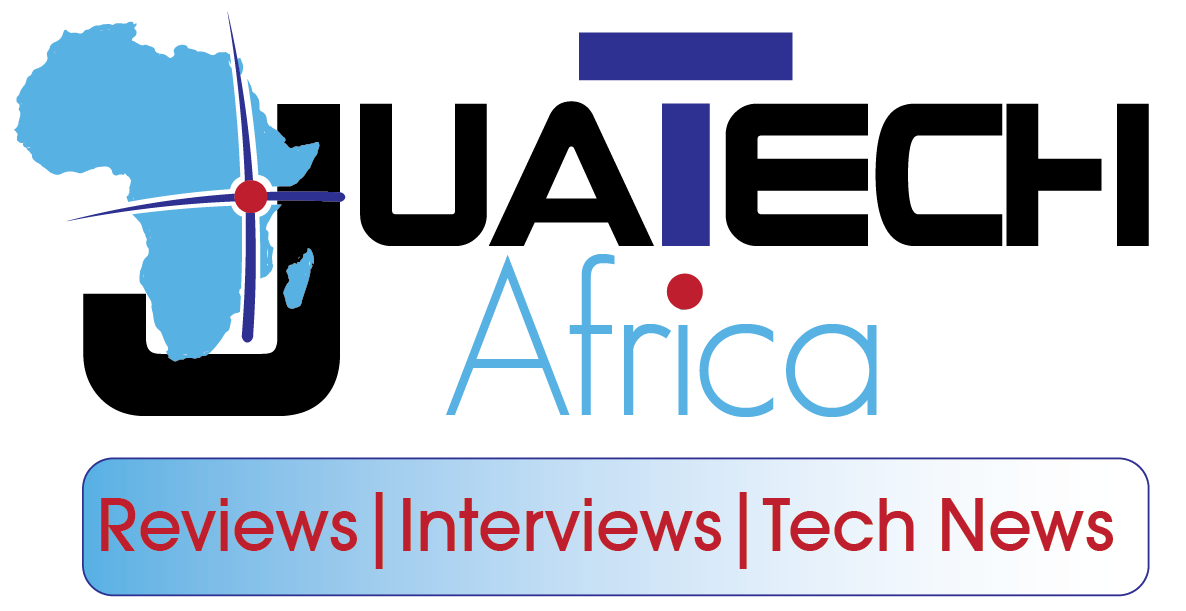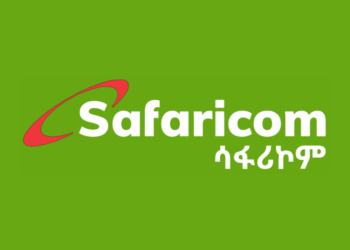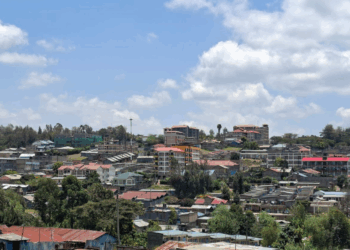From Ethiopia’s Crucible to Kenya’s Innovation Crossroads
In Part 9, we dwell on Safaricom’s Innovation Bottleneck: Pricing, Access, and the API Squeeze. Previously, in Part 8, we dissected Safaricom’s expansion into Ethiopia—a bold but turbulent venture into a market defined by regulatory opacity, infrastructure gaps, and nationalistic resistance. That chapter revealed a more profound truth: scale without innovation is fragile. While Ethiopia tested Safaricom’s resilience, Kenya now tests its relevance.
Back home, the telco’s dominance is being challenged not by external forces, but by internal friction. Safaricom’s infrastructure is vast, its brand iconic, and its financials robust. Yet beneath the surface lies a structural bottleneck—one built on pricing rigidity, limited access, and developer friction. These constraints are not just operational—they’re strategic. They determine whether Safaricom evolves into a platform enabler or remains a transactional incumbent.
This chapter unpacks the three pillars of that bottleneck:
- The pricing dilemma: ARPU vs. affordability
- The access gap: underserved segments and SME pain points
- The API squeeze: developer friction and platform rigidity
Together, they form a crucible of transformation—one that could either unlock inclusive innovation or throttle Kenya’s digital future.
ARPU vs. Affordability: The Pricing Dilemma
Safaricom’s business model has long prioritized high Average Revenue Per User (ARPU), a metric that reflects its premium positioning. As of FY2025, Safaricom’s blended ARPU stood at approximately KES 620 per month, with M-PESA contributing nearly 45% of service revenue. This places Safaricom among Africa’s most profitable telcos—but also among the least affordable for low-income users.
The tension is stark. Over 60% of Kenyans live on less than KES 300 per day, according to the Kenya National Bureau of Statistics. Youth unemployment remains high, and informal work dominates income streams. Meanwhile, SMEs—representing 98% of Kenyan businesses—operate on razor-thin margins. For these segments, Safaricom’s pricing feels exclusionary.
Pricing Comparison Snapshot
| Provider | Daily Bundle | Price | Extras |
| Safaricom | 500MB | KES 100 | — |
| Airtel | 2GB | KES 100 | — |
| Telkom | 5GB + WhatsApp | KES 100 | Unlimited WhatsApp |
The perception of value is shifting, and Safaricom’s premium pricing risks alienating the very users it seeks to serve.
Strategic Insight
To remain relevant, Safaricom must pivot from ARPU maximization to lifetime value optimization. This means:
- Designing tiered pricing models for youth, SMEs, and rural users
- Offering usage-based loyalty rewards
- Embracing freemium models for public-good services like health, education, and civic platforms
The telco that prices for inclusion will own the next billion transactions—not just in Kenya, but across the region.
API Friction: The Developer Bottleneck
Safaricom’s APIs—especially the M-PESA Daraja suite—are powerful, but their usability remains a point of contention. While the company has made strides in documentation and sandboxing, developer sentiment is still lukewarm.
Key Frictions Developers Face
- Onboarding delays: 2–4 weeks for production access
- Fragmented documentation: unclear endpoints, inconsistent error handling
- High transaction costs: KES 0.50–1.00 per API call
- Limited support: sparse forums, slow live assistance
This friction has consequences. Kenya’s developer ecosystem is vibrant, but many builders find themselves working around Safaricom rather than with it. The lack of seamless integration stifles experimentation in fintech, e-commerce, and civic tech.
Global Benchmark Comparison
| Platform | Onboarding | Sandbox | Startup Pricing | Community Support |
| Safaricom | 2–4 weeks | Partial | None | Limited |
| Stripe | Instant | Full | Free tier | Robust |
| Flutterwave | 1–2 days | Full | Startup tier | Active |
| Twilio | Instant | Full | Free tier | Extensive |
To unlock innovation, Safaricom must re-imagine its API strategy.
Strategic Insights
Safaricom must evolve into a developer-first platform by:
- Enabling instant sandbox access and automated onboarding
- Launching transparent pricing dashboards
- Creating startup acceleration programs with subsidized API calls
- Investing in community-driven documentation and support
The telco that empowers builders will shape the future of Kenya’s digital economy.
The Competitive Squeeze: Airtel, Telkom, and Regional Threats
While Safaricom defends its market share, rivals are attacking on three fronts: price, agility, and regional expansion.

Competitive Moves
- Airtel Kenya: Offers 2GB daily bundles for KES 100, launched eSIMs ahead of Safaricom, and zero-rated education platforms.
- Telkom Kenya: Targets underserved users with Madaraka bundles (5GB + unlimited WhatsApp), and partners with public sector initiatives.
- Ethio Telecom: Backed by Ethiopia’s government, expanding infrastructure rapidly, and positioning itself as a regional challenger.
Risk Matrix
| Threat Vector | Airtel | Telkom | Ethio Telecom |
| Pricing | ✅ | ✅ | ❌ |
| Innovation Agility | ✅ | ✅ | ✅ |
| Regional Expansion | ❌ | ❌ | ✅ |
| Developer Ecosystem | ✅ | ❌ | ❌ |
Safaricom’s moat—built on infrastructure and brand—may erode if it doesn’t match the affordability and innovation of its challengers.
Strategic Insight
To stay ahead, Safaricom must:
- Embrace modular bundling (youth packs, SME kits, regional roaming)
- Invest in cross-border interoperability
- Build developer-first ecosystems to lock in innovation
The telco that adapts faster will outpace the price war and win the loyalty war.
Unlocking Inclusive Innovation: The Way Forward
Safaricom’s next frontier isn’t 5G or Ethiopia—it’s trust, access, and innovation at scale. To thrive, the telco must reframe its role from extractive incumbent to inclusive enabler.
Strategic Levers for Transformation
- Zero-rated APIs for public-good services (SHA, eCitizen, education portals)
- Startup acceleration programs with subsidized access and mentorship
- Transparent pricing dashboards for data, voice, and fintech rails
- Open API playgrounds with instant sandboxing and community support
This isn’t just a technical shift—it’s a cultural one. Safaricom must move from control to collaboration, from monetization to empowerment. Its rails are powerful, but power without access is stagnation. The telco that democratizes its infrastructure will not only scale—it will lead.
Call to Action: What Founders, Developers, and Strategists Must Do
If you’re building in Kenya’s digital economy, the questions are clear:
- Are you pricing for inclusion or extraction?
- Are your APIs empowering or gatekeeping?
- Are you building with Safaricom—or despite it?
The bottleneck is real. But so is the opportunity. Safaricom has the tools, the reach, and the brand equity to unlock inclusive innovation. What it needs now is strategic will.
Up Next: Part 10 — Building With or Without Safaricom
A Strategist’s Decision Matrix: A two-axis framework for founders, plus risks, rewards, and real-world case studies.
Comprehensively, we have looked a Part 9: Safaricom’s Innovation Bottleneck: Pricing, Access, and the API Squeeze. In Part 10, we’ll equip founders, developers, and strategists with a decision matrix to evaluate whether to build on Safaricom’s rails—or chart an independent path. We’ll unpack:
- The risks of dependency
- The rewards of interoperability
- Case studies from fintech, e-commerce, and public service
Stay tuned. The next chapter could define your next move. Sign up for our Weekly Newsletter and Social Media Community for fresh updates and deep engagements on Mobile Tech and tech affairs around Kenya and Africa.
Safaricom Deep Dive Series | Previous (Part 8) | Next (Part 10).
















